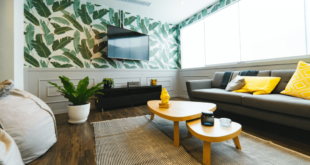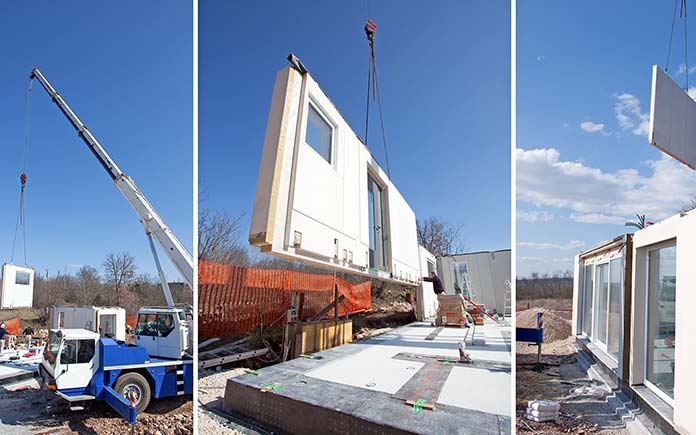
Homeowners build in rural areas to gain more land and a more laid-back lifestyle. But building in these areas also can bring a lot of challenges. Modular building may be the answer.
But first, it’s important to understand some of the challenges. For instance, rural areas may be many miles from the nearest supply yard. They may only be accessible by small roads, and there may be a lack of skilled tradespeople due to the sparse population.
This often leads people who wish to build in these areas to either pay much higher rates for what they want, or to try to tackle the projects themselves, often with mixed results.
Modular homes are built in a factory, either all at once or in smaller pieces assembled on the site. Modular building is a growing trend in rural areas, according to recent studies on modular homes. That’s due, in large part, to the following reasons.
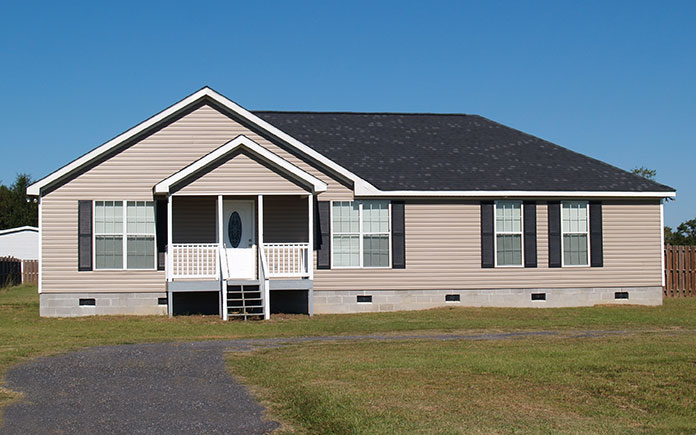
1. More Selection
People in rural areas often have to use materials and designs readily available to them, and these may not be plentiful, depending on the area.
They may need to use out-of-the-box materials, such as shipping containers, or they may need to settle for things that can be easily purchased nearby.
Through modular building, which is created with computer-aided technology and high-quality materials, homeowners can get a wider selection.
Prefab homes come in all styles and sizes, and can be finished in any material. The homeowners just need to make their selections, rather than having to hunt everything down piece by piece.
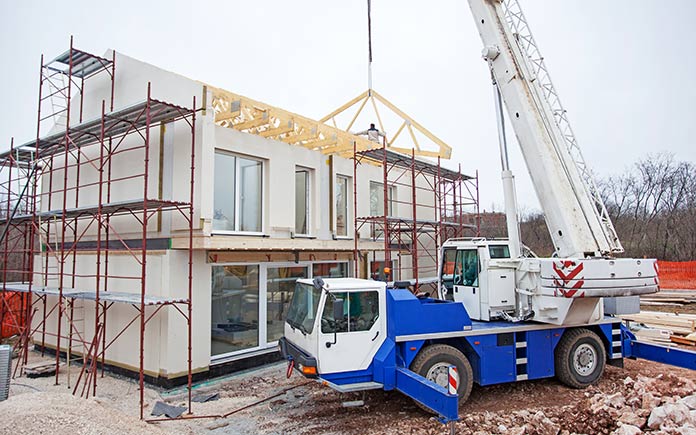
2. Quality Control
Even if materials can be easily accessed, many rural areas lack accomplished tradespeople. This means that even when they do start building, the homes may not be of adequate quality, especially for rural living.
Prefab homes need to be built to withstand the journey from the factory to the site, so manufacturers often use more materials to create a sturdier modular building.
And because they’re built indoors using exact specifications and technology, prefab homes must meet strict quality control. They’ll be sure to withstand some of the tougher conditions that may accompany rural living situations.
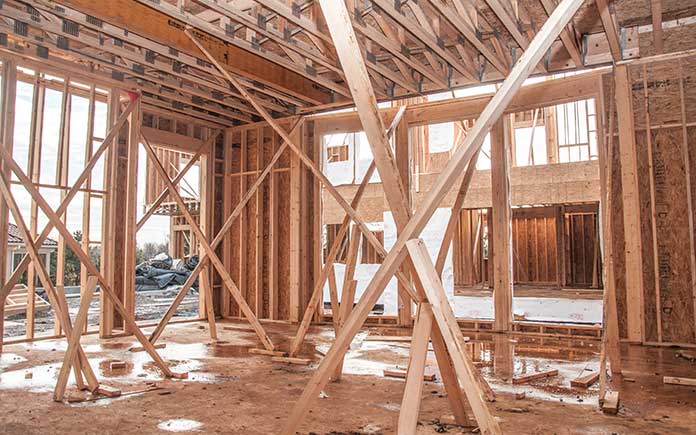
3. No Weather Delays
Anyone who has had a stick-built home constructed knows that weather can cause all kinds of issues and delays.
A sudden storm can sometimes mean days or weeks of delay, plus the occasional need to remove things like house wrap that were put on, but not covered up, before the change in weather.
Modular buildings are constructed entirely indoors. Even larger homes that are made of several pieces only need to have minor work done on the job site to assemble them.
Scheduled properly, this can mean that the home can be built faster, coming in right on schedule every time.
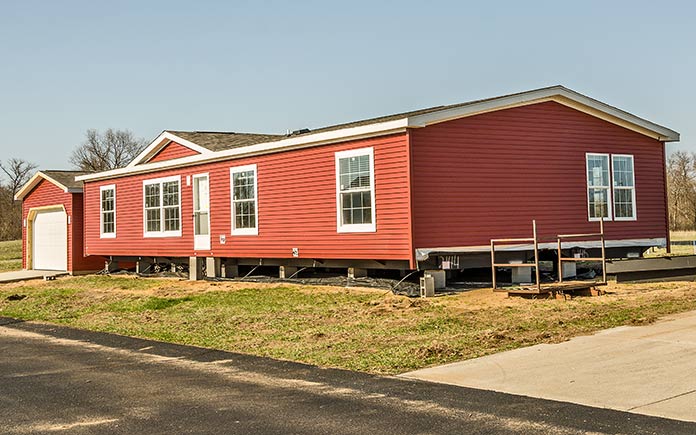
4. Potentially Lower Costs
Modular homes are generally less expensive to build than stick-built homes, although in most areas the costs can sometimes be comparable.
In rural areas, however, where shipping costs for materials can sometimes be astronomical, a prefab home can often be built and trucked in for much less.
A conventional, stick-built home costs between $ 150 to $ 250 per square foot built. Modular building costs start around $ 50 per square foot and go to $ 250 per square foot for a luxury build.
Reports on modular construction have found that these types of homes almost always come in on budget, with less waste, and fewer delays. This means that for someone living in a rural area, where the cost of building may be high, a prefab home can produce considerable savings over other home-building styles.
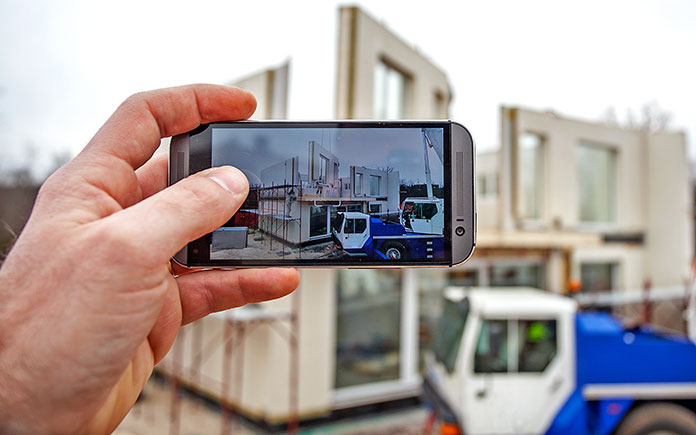
5. Easier Coordination
Some rural areas can be difficult to access. Small roads, dirt roads and out-of-the-way areas can make some drivers leery of trucking in all the necessary supplies.
With modular building, you can coordinate the delivery of the home all at once, with only minor finishing work necessary after it’s delivered. This makes the entire project much easier to coordinate.
Bring out the workers, the home, and the finishing materials at once, rather than needing to worry about the roads and the multiple trucks and deliveries that might need to be made for a stick-built project.
While modular building is often used for commercial structures in big cities to help lower costs, as you’ve learned here, there are a lot of benefits to using it in more rural areas as well.
